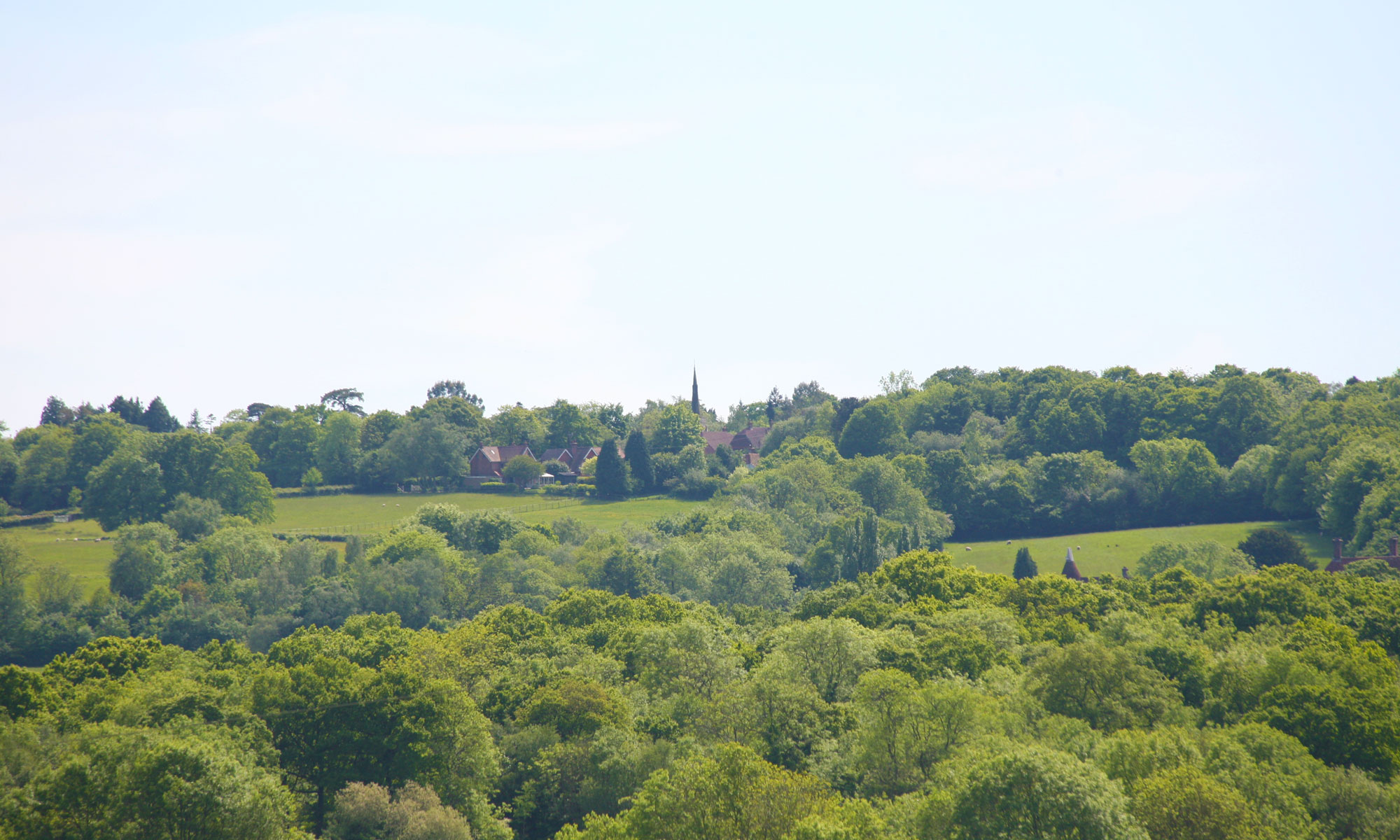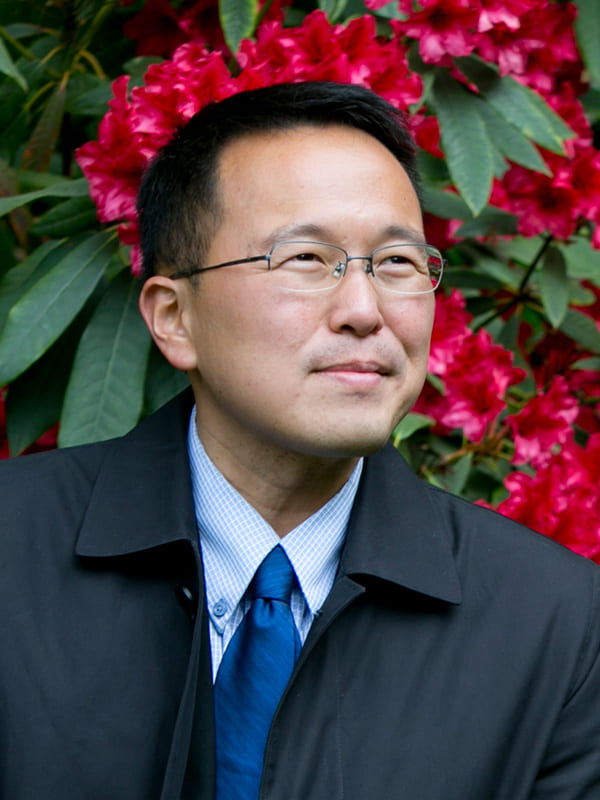‘A story like a bird of the mountains can carry a name beyond the clouds, beyond even time itself’.
Some years ago the Book Club read The Garden of Evening Mist (2021) by Tan Twan Eng. It was that rare thing – a book that we all loved both for the lyrical language and the narrative that unfolds. So it was with enthusiasm that we chose The House of Doors (2023), long listed for the Booker Prize.
We were not disappointed in this multi-layered novel. It opens in 1947 South Africa where Robert and his wife Lesley live in comfortable amity but the delivery of Somerset Maughan’s The Casuarina Tree with a coded message for Lesley on the title page takes the story back to Penang in1921. Somerset Maughan (Willie) and his lover Gerald are guests for a fortnight with his old friend Robert . Robert suffers from the effects of gas poisoning in WW1 and needs to move to the drier climate on his brother’s sheep farm in South Africa. Lesley however loves Penang where she grew up and the descriptions of the town and the tropical countryside are vivid and colourful as seen through her eyes, all the more so since she must soon leave it.
The novel is about stories and how these can be transformed into literature. One magic evening Lesley tells Willie the story of her involvement with the Chinese revolutionary Sun Yat Sen in 1910 and her secret love affair with Arthur, one of the revolutionaries. She also tells him of the trial of her friend Ethel Proudlock, who (in an actual case) was tried in Kuala Lumpur in 1911 for the murder of a man which she claimed was in self-defence when he tried to rape her. She was acquitted, but later confided to Lesley that she was having an affair with the victim.
During his stay, Willie suffers a shock when he learns of his own bankruptcy and worries that Gerald will leave him. But he is a writer, and he turns the lush beauty of the place and the stories he is told into a collection of short stories The Casuarina Tree, the tree that grows in Robert and Lesley’s garden. One of the stories is based on the Ethel Proudlock case, another loosely features Lesley. The book rescued him from his money troubles.
The novel is framed by beginning and ending in Doornfontein, South Africa, the wide-open spaces and starlit sky contrasting with the colourful bustle of busy Penang. It is told through the narrative viewpoint of Lesley in the first person and of Willie in the third person, and it is a complex novel with multiple overlapping plot lines. At its heart is the theme of love in its many forms. The language is rich – Tan Twan Eng can use a word or phrase to evoke a picture or mood and he makes effective use of verbs: the style is deliberately reminiscent of Maughan. His use of symbolism adds to the complexity of the novel, especially the doors within the House of Doors where Arthur’s vast collection of doors in this cool and shady house form a background to their secret love affair and Lesley’s liberation from hypocritical convention. Doors can symbolise beginnings and endings, but Maughan describes the Moorish door sign as “a sword breaking open the darkness to let the light shine in” and the novel itself ends with this motif sent as a message,
Despite its complexity this is a very readable book. We all enjoyed it and also learned a lot about a time and place which were new to us; some of us even went on to read Maughan’s The Casuarina Tree.
Our next book is Excellent Women by Barbara Pym
Heather Mines


